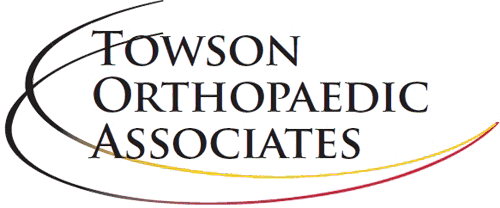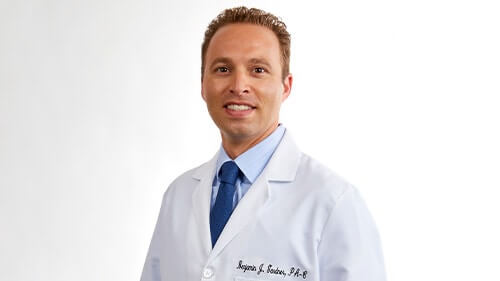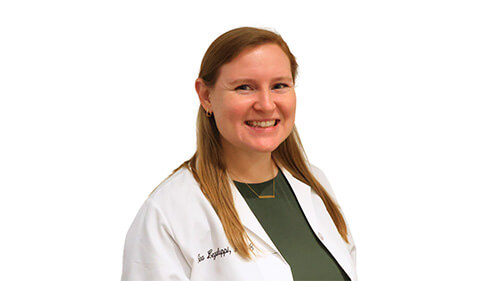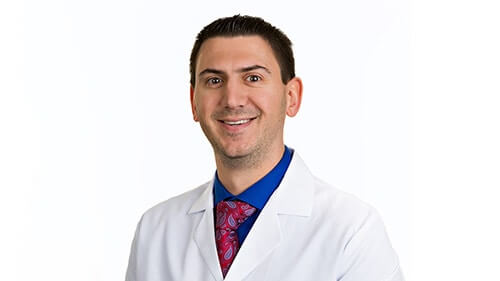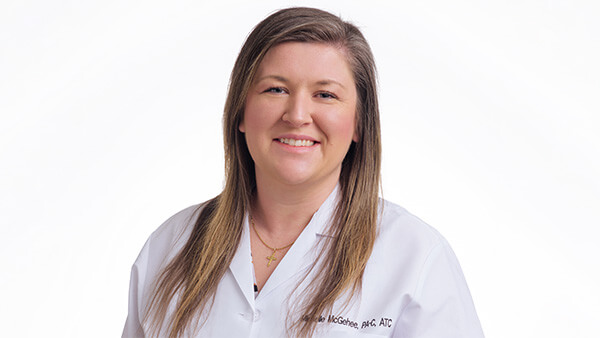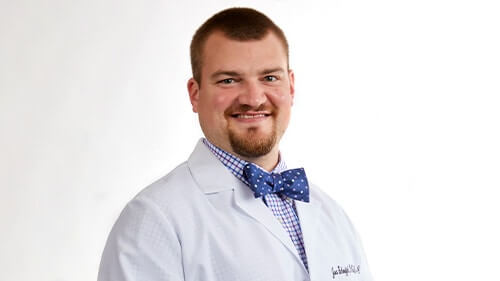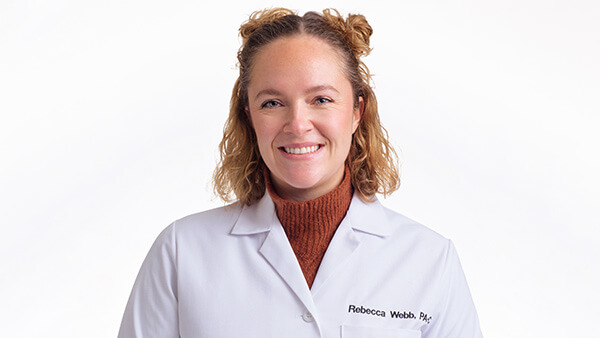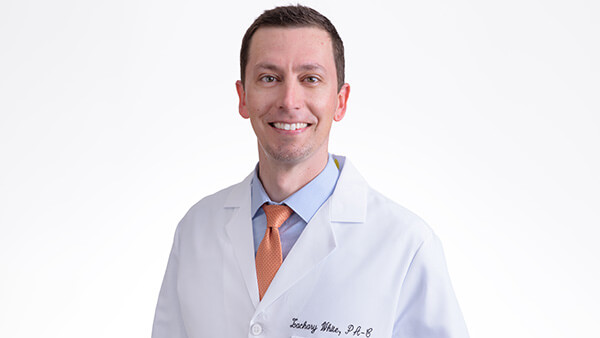General Information: Frequently Asked Questions
Q. What is a Physician Assistant (PA)?
A. Physician assistants are health care professionals licensed, or in the case of those employed by the federal government they are credentialed, to practice medicine with physician supervision. As part of their comprehensive responsibilities, PAs conduct physical exams, diagnose and treat illnesses, order and interpret tests, counsel on preventive health care, assist in surgery, and write prescriptions. Within the physician-PA relationship, physician assistants exercise autonomy in medical decision making and provide a broad range of diagnostic and therapeutic services. A PA’s practice may also include education, research, and administrative services.PAs are trained in intensive education programs accredited by the Accreditation Review Commission on Education for the Physician Assistant (ARC-PA).Because of the close working relationship the PAs have with physicians, PAs are educated in the medical model designed to complement physician training. Upon graduation, physician assistants take a national certification examination developed by the National Commission on Certification of PAs in conjunction with the National Board of Medical Examiners. To maintain their national certification, PAs must log 100 hours of continuing medical education every two years and sit for a recertification every six years. Graduation from an accredited physician assistant program and passage of the national certifying exam are required for state licensure.
Q. How did the Physician Assistant profession begin?
A. In the mid-1960s, physicians and educators recognized there was a shortage and uneven distribution of primary care physicians. To expand the delivery of quality medical care, Dr. Eugene Stead of the Duke University Medical Center in North Carolina put together the first class of PAs in 1965. He selected Navy corpsmen who received considerable medical training during their military service and during the war in Vietnam but who had no comparable civilian employment. He based the curriculum of the PA program in part on his knowledge of the fast-track training of doctors during World War II.
For more information about the history of the PA profession, visit the PA History Center Web page.
Q. What does “PA-C” stand for? What does the “C” mean?
A. Physician assistant-certified. It means that the person who holds the title has met the defined course of study and has undergone testing by the National Commission on Certification of Physician Assistants (NCCPA). The NCCPA is an independent organization, and the commissioners represent a number of different medical professions as well as PAs. The NCCPA is not a part of the PA professional organization, the American Academy of Physician Assistants (AAPA). To maintain that “C” after “PA”, a physician assistant must log 100 hours of continuing medical education every two years and take the recertification exam every six years.
PA Education
Q. How is a Physician Assistant educated?
A. Physician assistants are educated in intensive medical programs accredited by the Accreditation Review Commission on Education for the Physician Assistant (ARC-PA). The average PA program curriculum runs approximately 26 months. There are approximately 140 accredited programs. All PA programs must meet the same ARC-PA standards.Because of the close working relationship PAs have with physicians, PAs are educated in a medical model designed to complement physician training. PA students are taught, as are medical students, to diagnose and treat medical problems.Education consists of classroom and laboratory instruction in the basic medical and behavioral sciences (such as anatomy, pharmacology, pathophysiology, clinical medicine, and physical diagnosis), followed by clinical rotations in internal medicine, family medicine, surgery, pediatrics, obstetrics and gynecology, emergency medicine, and geriatric medicine.A PA’s education doesn’t stop after graduation, though. PAs are required to take ongoing continuing medical education classes and be retested on their clinical skills on a regular basis. A number of postgraduate PA programs have also been established to provide practicing PAs with advanced education in medical specialties.
Q. What are the prerequisites for applying to a PA program?
A. PA programs look for students who have a desire to study, work hard, and to be of service to their community. Most physician assistant programs require applicants to have previous health care experience and some college education. The typical applicant already has a bachelor’s degree and approximately four years of health care experience. Commonly nurses, EMTs, and paramedics apply to PA programs. Check with PA educational programs of interest to you for a list of their prerequisites.
Scope of Practice
Q. What areas of medicine can Physician Assistants work in?
A. Physician assistants are found in all areas of medicine. They practice in the areas of primary care medicine – that is family medicine, internal medicine, pediatrics, and obstetrics and gynecology — as well in surgery and the surgical subspecialties. Physician assistants receive a broad education in medicine. Their education is ongoing after graduation through continuing medical education requirements and continual interaction with physicians and other health care providers.
Q. Where do PAs “draw the line” as far as what they can treat and what a physician can treat?
A. What a physician assistant does varies with training, experience, and state law. In addition, the scope of the PA’s responsibilities corresponds to the supervising physician’s practice. In general, a physician assistant will see many of the same types of patients as the physician. The cases handled by physicians are generally the more complicated medical cases or those cases which require care that is not a routine part of the PA’s scope of work. Referral to the physician, or close consultation between the patient-PA-physician, is done for unusual or hard to manage cases. Physician assistants are taught to “know our limits” and refer to physicians appropriately. It is an important part of PA education.
Q. Are PAs allowed to prescribe?
A. All fifty states, the District of Columbia, and Guam have enacted laws that authorize PA prescribing. In California, PA prescriptions are referred to as written prescription transmittal orders.
Physicians and PAs
Q. What do physicians think about Physician Assistants?
A. Most physicians who have worked with physician assistants like having PAs on staff. The American Medical Association, the American College of Surgeons, the American Academy of Family Physicians, the American College of Physicians, and other national medical organizations support the physician assistant profession by actively supporting the PA certifying commission and the PA program accrediting agency.Studies done by the Federal Government have shown that PAs, working with the supervision of physicians, provide care that is comparable to physician care. The Eighth Report to the President and Congress on the Status of Health Personnel in the United States (released in 1992) states, “Physician assistants have demonstrated their clinical effectiveness both in terms of quality of care and patient acceptance.”
Q. What is the working relationship between a physician and a physician assistant?
A. The relationship between a PA and the supervising physician is one of mutual trust and respect. The physician assistant is a representative of the physician, treating the patient in the style and manner developed and directed by the supervising physician. The physician and PA practice as members of a medical team. In 1995, the American Medical Association developed suggested guidelines for how physicians and PAs should work as a team in the delivery of medical care.
